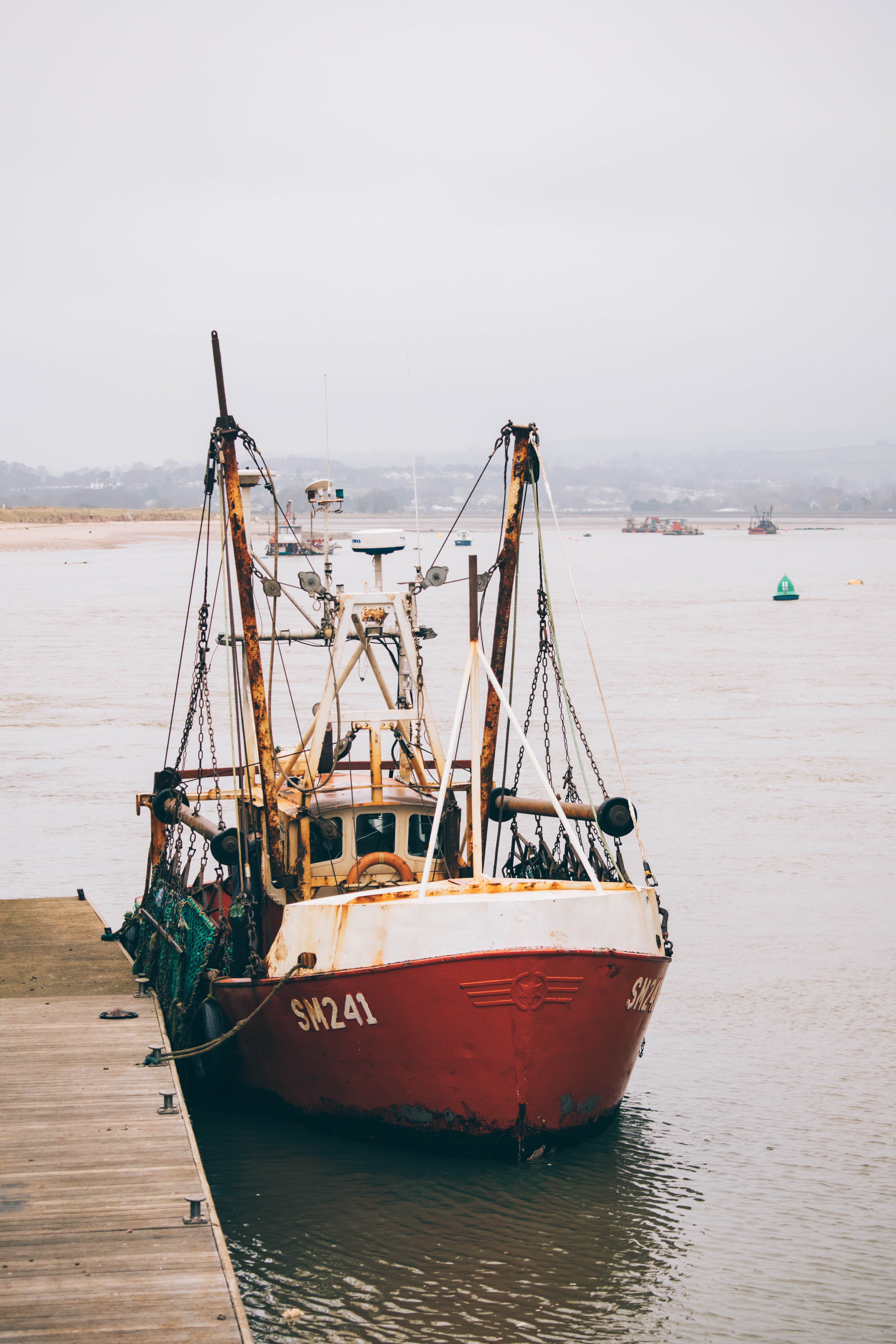The main objective of the European Union’s Common Fisheries Policy is to ensure the sustainability of fisheries and to guarantee stable incomes and jobs for fishermen. This mission translates into a framework for the impact of fishing on stocks through the definition of Total Allowable Catches (TACs), i.e. the volumes of fish that can be caught in a year.
The current distribution of fishing quotas according to past history does not allow fishing opportunities to be directed towards practices that have a lesser impact on the environment. In order to reduce the impact of fishing on biodiversity, it seems essential to direct fishing opportunities towards fisheries with a lesser impact. In order to reduce the impact of fishing on biodiversity, it seems essential to direct fishing opportunities towards fisheries with a lower impact, and to consider allocating quotas based on the achievement of environmental and social objectives.
This study proposes a methodological reflection on the allocation of fishing quotas based on social, environmental and economic criteria, analysing the relevance of these ones for the reallocation of fishing quotas, their scoring, the definition of application scenarios and the evaluation of the associated socio-economic and environmental impacts.
Results
According to the study, the reallocation of quotas in favour of environmental and social criteria appears to positively impact GDP and employment. Indeed, this kind of reallocation would affect the entire value chain and the use of the ImpacTer model would allow changes in sectors beyond the fishing sector to be anticipated.
Full report is available here.
Contact
Céline Jacob, Consultant – celinejacob@vertigolab.eu
Morgan Raffray, Consultant – morganraffray@vertigolab.eu
Christelle Noirot, Consultant
|
Client: Greens–European Free Alliance |



